Today’s post covers revolutionary invention ideas that kids developed. Kids have always been assumed to be little creatures with a simple goal: to play and have fun. They run around all the time, releasing their energies for hours on end. But what adults sometimes forget is that children have an unparalleled sense of curiosity, possibility, and pure wonder. For kids, the world is beautiful and infinite. However, it can become a bit disastrous if you don’t give the outlet to vent out all these wandering thoughts. But the moment you do, you can be sure that kids’ ideas can rival or even go beyond those of adults.
Don’t believe us yet?
If you need further convincing, here are some of the most notable revolutionary invention ideas that kids developed through the years.
 Table of contents
Table of contents
- Revolutionary invention ideas that kids developed: new invention development services
- Makin’ bacon by Abbey Fleck
- Christmas lights by Albert Sadacca
- Swim flippers by Ben Franklin
- Earmuffs by Chester Greenwood
- Popsicle by Frank Epperson
- Trampoline by George Nissen
- Ocean energy probe by Hannah Herbst
- Snowmobile by Joseph-Armand Bombardier
- T-Pak by Kelly Reinhart
- Alzheimer alert system by Kenneth Shinozuka
- Wristies by KK Gregory
- Pediatric IV backpack by Kylie Simonds
- Braille by Louis Braille
- How Cad Crowd can help
Revolutionary invention ideas that kids developed: new invention development services
Makin’ bacon by Abbey Fleck
Eight-year-old Abbey noticed that her parents had a hard time soaking up fat from cooked bacon. She thought of hanging the bacon instead while cooking to eliminate the need for paper towels, not to mention that it would also make the bacon much healthier. Abbey and her father designed a microwave-safe dish on which to hang bacon while cooking. Her idea was patented in 1993, and the following year, they earned a distribution deal with Walmart.

Christmas lights by Albert Sadacca
Before the rise of the electric Christmas lights that you’ve come to know today, people just used candles as decorations for their Christmas trees. But believe it or not, people originally had a hard time trusting electric lights and their safety compared to open flames. Thankfully, the public started trusting electric lights, although their prices were ridiculously high. However, things changed when Albert came up with a much cheaper version. The novelty lighting company of his parents started producing them in 1925, and today, thanks to him, electric lights are now a staple part of Christmas tradition worldwide.
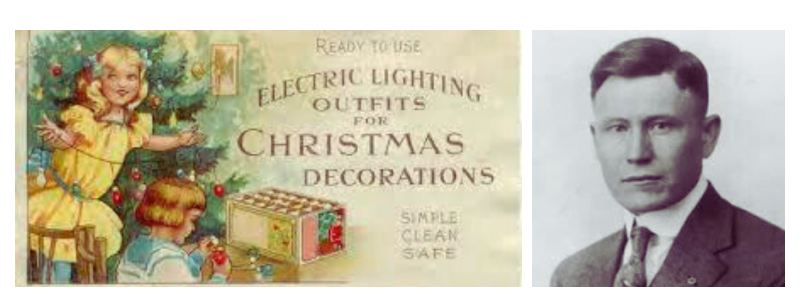
Swim flippers by Ben Franklin
Most of you are probably familiar with Ben Franklin’s accomplishments much later in his life. However, did you know that he started as a child inventor? At the young age of 11 in the early 1700s, he realized the possibility of cutting through the water more efficiently while swimming with the help of more surface area that he could use to push. Ben’s original design featured handheld fins created using oval-shaped planks with a center that had holes for his feet and hands.
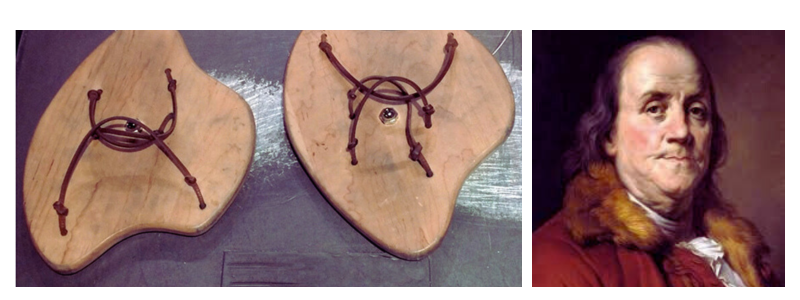
Earmuffs by Chester Greenwood
Chester Greenwood was only 15 years old in 1873 when he experienced painfully cold ears one day while he was ice skating. He discovered that wrapping his head with a scarf didn’t help much. He decided to look for a better solution instead. Chester designed a wire frame and asked his grandmother to have beaver skins sewn into it, marking the origin of the first-ever pair of earmuffs. Chester was only 19 when his invention was patented, and he even sold it to soldiers during World War I.
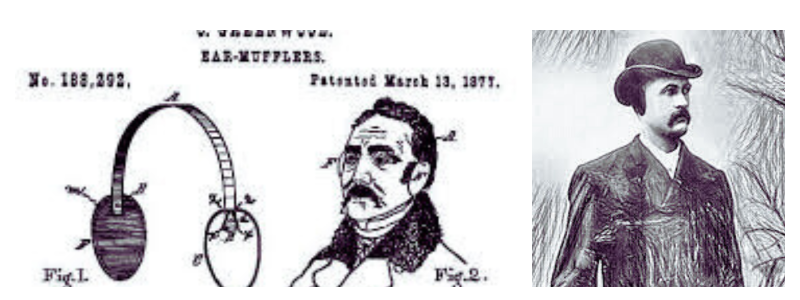
Popsicle by Frank Epperson
Frank Epperson was only 11 when he invented what everyone knows today as a Popsicle. It was a 1905 winter’s eve when Frank mixed a frozen concoction of water and soda water powder. The drink was accidentally left outside overnight with a stirring stick still in the glass. The concoction froze solid, marking the birth of the first Popsicle.
Although this was where everything started, the frozen treat gained notoriety only in 1922 when Epperson distributed it during a fireman’s ball. The idea was originally patented under the name Eppsicle, although it was changed after his children started to refer to it as Popsicle. It was a bit funny that children were responsible both for the idea and its name.
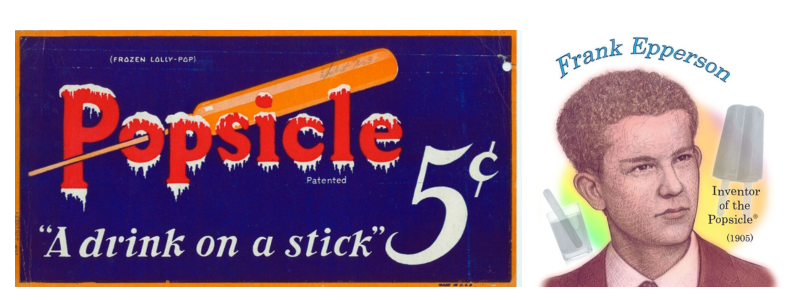
Trampoline by George Nissen
16-year-old George invented the trampoline in 1930 after he saw trapeze artists fall into a net following their performance. George thought there would be more excitement in the act if they continued to bounce around, so he started working in his parents’ garage. His original invention featured a metal frame with a canvas stretched on top of it. However, he perfected the design as he got older, using a nylon canvas to give it more bounce.
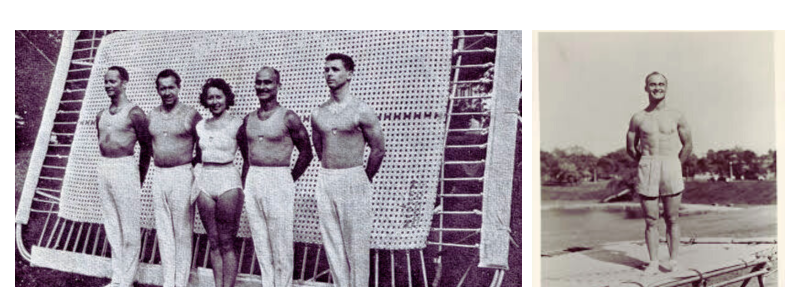
Ocean energy probe by Hannah Herbst
Hannah Herbst always wanted to provide fresh water and a sustainable power source to people in developing nations. This led to her inventing the Ocean Energy Probe, a device that can convert ocean currents into usable power with the help of a generator. Hannah’s design was 3D printed after it was modeled with CAD. She also estimated that if her prototype was scaled up, she could convert sufficient current into energy to power three car batteries in less than an hour.
She hopes to use this invention to power water desalination pumps that can convert salt water into potable water. This invention by Hannah bagged the first prize in the Discovery Education & 3M’s Young Scientist Challenge. She expressed her excitement about helping with the energy crisis that the world is facing and that she can’t wait for her invention to help save lives.
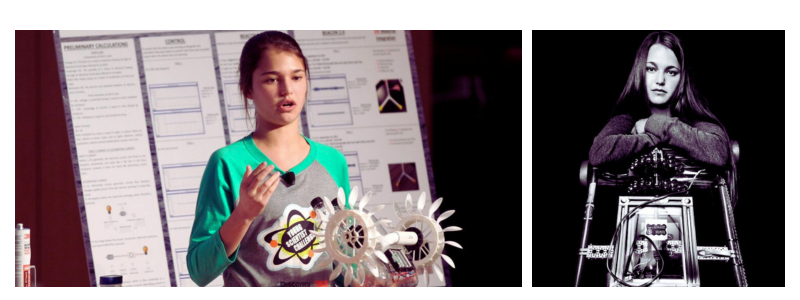
Snowmobile by Joseph-Armand Bombardier
Joseph always had a keen interest in mechanics, and at 15 years old, in 1922, he developed the snowmobile. He mounted a Ford Model T engine to four runners featuring a handmade propeller placed at the back. The invention’s original model traveled half a mile across the snow before stopping. Joseph continued tinkering and fiddling with his invention, and in 1959, he developed the first ultra-light snowmobile model in the world, the Ski-Doo.
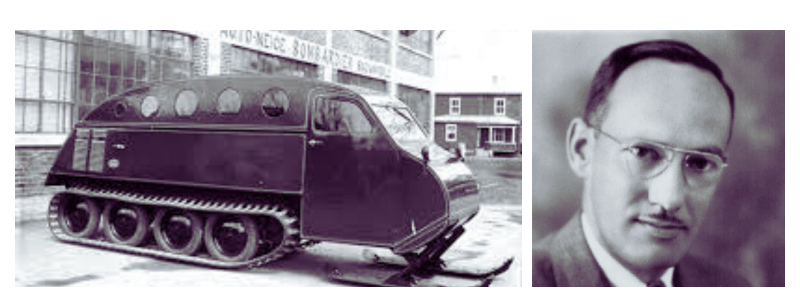
T-Pak by Kelly Reinhart
Kelly Reinhart was only a kid when her parents challenged her and her siblings to an exciting game. They were instructed to draw an image of an invention, and the winner would get a prototype made out of it. Envisioning cowboy gun holsters, Kelly decided to draw a thigh pack that would let kids carry their video games wherever they go. Kelly and her family went through several rounds of improvement to improve the design, and the idea was officially patented in 1988. The idea drew interest quickly, with the 9-year-old Kelly selling her company. She soon started a non-profit organization that teaches children how to become inventors.
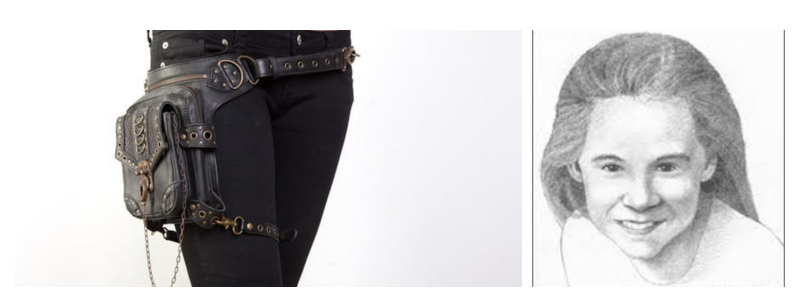
Alzheimer alert system by Kenneth Shinozuka
One of the fastest-growing threats to the health of modern Americans is none other than Alzheimer’s disease, with symptoms affecting not just the patients themselves but even their families and loved ones. Kenneth is aware of this issue all too well. As a 4-year-old, he remembered walking with his grandfather in a park in Japan when his grandfather suddenly got lost. It was when his family discovered that his grandfather had Alzheimer’s disease.
Kenneth wanted to devise something that would alert him if his grandfather got out of bed at night. At only 15 years old, Kenneth came up with a sock featuring a step-activated pressure sensor that would send a message to the smartphone of the caretakers of his grandfather. The teenager didn’t only succeed in looking after his grandfather because his invention also bagged the first prize and the $50,000 Scientific American Science in Action Award.
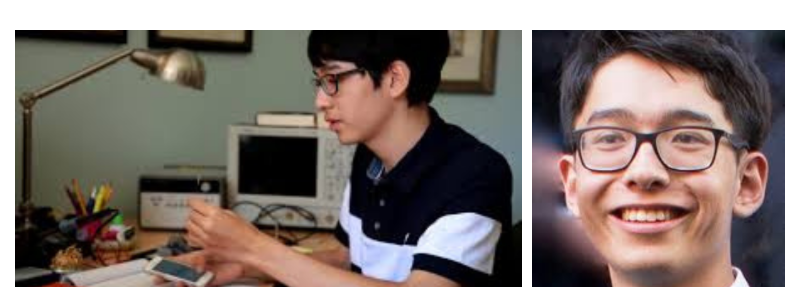
Wristies by KK Gregory
KK Gregory was only 10 years old when she played in the cold outdoors one day. The cold started hurting her wrists, which made her decide to look for a way to ensure that both her wrists and hands would stay warm even during the winter months. She invented Wristies in 1994, fuzzy sleeves you could wear under your gloves to keep your wrists protected from the cold. KK and her mother worked together to bring the idea to fruition, and the product is currently sold worldwide.
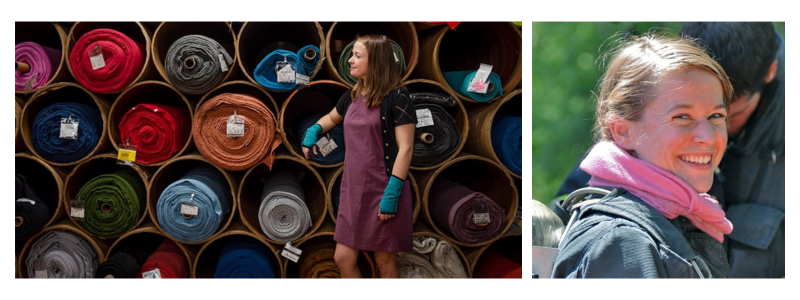
Pediatric IV backpack by Kylie Simonds
After Kylie Simonds beat cancer at nine years old, she wanted to address the issue that bothered many patients undergoing chemotherapy. Throughout the time she spent in the hospital, Kylie’s movements were limited because she was connected to a huge IV bag.
She remembered tripping over and getting tangled up with the wires while dragging the big stuff around. This made her develop the Pediatric IV Backpack that lets kids move around while getting medical transfusions. This made the treatment somewhat more bearable for them. Kylie raised over $50,000 for her backpacks to be manufactured. These were featured on several shows including MSNBC and The Doctors.

Braille by Louis Braille
Louis suffered from a severe eye infection at the age of three, rendering him blind. He had difficulty tracing his fingers over the raised letters for years. He was 12 when he learned the silent communication method that the French military used. The process was simplified, and reading became so much easier for him. He initially presented his work in 1924, with the blind community across the world using the Braille to this day.
How Cad Crowd can help
Cad Crowd can pair you up with the best and newest invention development services that can turn the most revolutionary ideas into reality!

